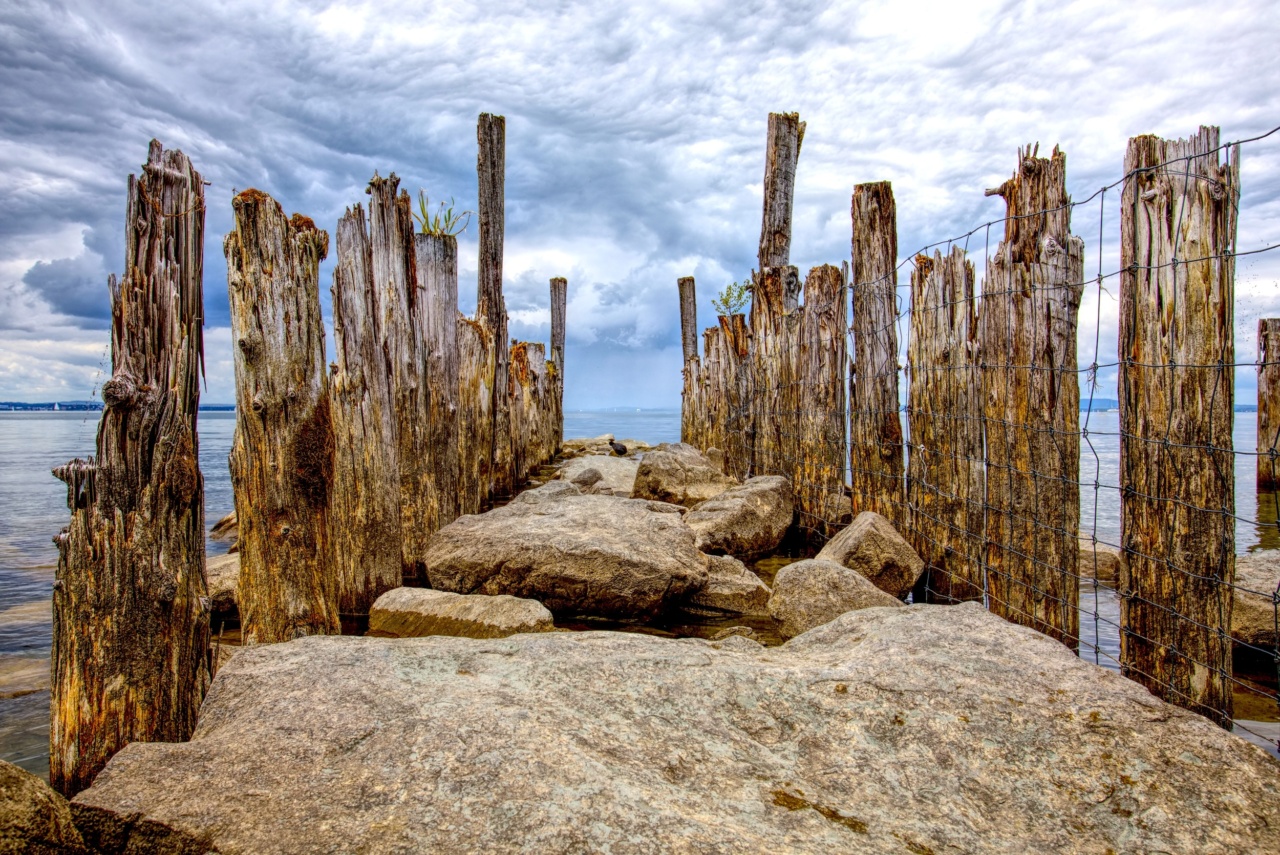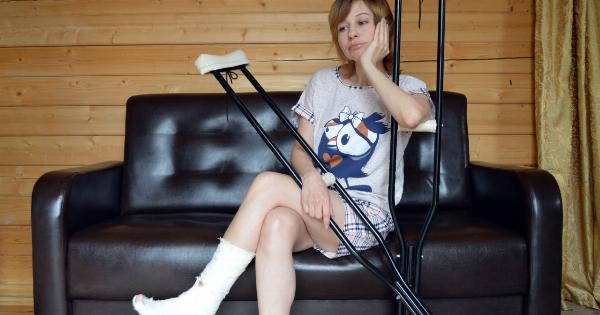Kidney stones are a common occurrence, affecting approximately 10% of people worldwide. These small, hard deposits form in the kidneys and can cause severe pain and discomfort.
Interestingly, research has shown that people who suffer from kidney stones may be at an increased risk of developing osteoporosis. In this article, we’ll explore the link between kidney stones and osteoporosis, and what you can do to reduce your risk of developing both conditions.
What are Kidney Stones?
Kidney stones are hard deposits that form in the kidneys. They are made up of minerals and acids that typically pass through the urinary tract without causing any problems.
However, if the stones grow large enough, they can block the urinary tract and cause severe pain, discomfort, and other symptoms like nausea and vomiting. The most common type of kidney stone is made up of calcium oxalate, while other types include uric acid and struvite.
What is Osteoporosis?
Osteoporosis is a condition characterized by low bone density and a higher risk of fractures. The condition is more common in women than men, and it is estimated that over 200 million people worldwide suffer from osteoporosis.
Common risk factors include old age, menopause, a family history of osteoporosis, and a low-calorie diet.
What is the Connection Between Kidney Stones and Osteoporosis?
While it may seem strange to link kidney stones to osteoporosis, there is a clear connection between the two conditions.
In fact, research has shown that people who suffer from kidney stones are at a higher risk of developing osteoporosis, and vice versa.
One of the main reasons for this connection is the fact that both conditions share similar risk factors. For example, a diet high in salt and low in calcium can increase the risk of kidney stones and osteoporosis.
Additionally, certain medications, such as steroids and diuretics, can increase the risk of both conditions.
Another reason for the connection is the fact that both conditions involve the bones. Kidney stones are made up of minerals that are typically present in the bones, like calcium and phosphorus.
When these minerals are excreted through the urine, they can contribute to the development of osteoporosis by weakening the bones.
Reducing Your Risk of Kidney Stones and Osteoporosis
Fortunately, there are several things you can do to reduce your risk of developing both kidney stones and osteoporosis. Here are some tips:.
1. Stay Hydrated
Drinking plenty of water is one of the best ways to reduce your risk of kidney stones. By drinking enough fluids, you can dilute the concentration of minerals in your urine and reduce the risk of stones forming.
Additionally, staying hydrated can help keep your bones healthy and reduce your risk of osteoporosis.
2. Get Enough Calcium
While it may seem counterintuitive, getting enough calcium can actually reduce your risk of kidney stones and osteoporosis. Calcium helps bind to oxalate in the digestive tract, reducing the amount that is absorbed and excreted in the urine.
Additionally, getting enough calcium is essential for maintaining strong bones and reducing the risk of fractures.
3. Limit Your Salt Intake
A diet high in salt can increase the risk of kidney stones and osteoporosis. Salt can increase the amount of calcium excreted in the urine, which can contribute to the formation of kidney stones.
Additionally, salt can leach calcium from the bones, leading to weakened bones and an increased risk of fractures.
4. Exercise Regularly
Regular exercise is essential for maintaining strong bones and reducing the risk of osteoporosis. Weight-bearing exercises, such as walking and jogging, are particularly effective at strengthening the bones.
Additionally, exercise can help reduce the risk of kidney stones by improving overall health and reducing the risk of obesity, a common risk factor for both conditions.
5. Speak to Your Doctor
If you have a history of kidney stones or osteoporosis, it’s important to speak to your doctor about ways to reduce your risk.
Your doctor may recommend dietary changes, supplements, or medications to help reduce your risk of developing these conditions.
Conclusion
Kidney stones and osteoporosis may seem like two unrelated conditions, but they share many common risk factors and underlying causes.
By understanding the connection between the two, you can take steps to reduce your risk of developing both conditions and lead a healthy, active life.






























